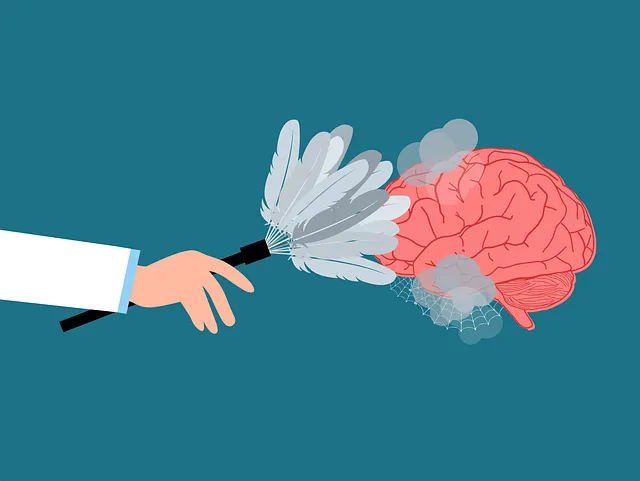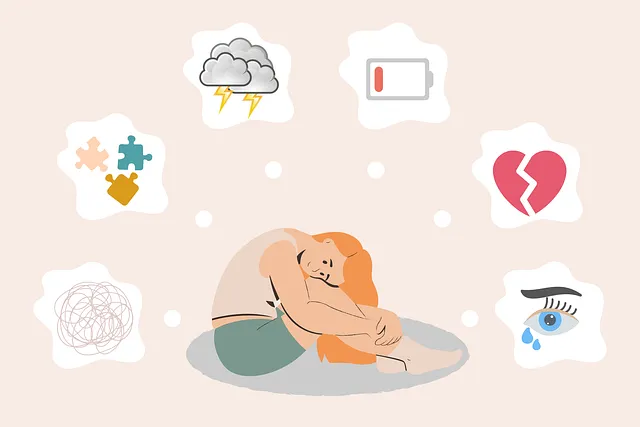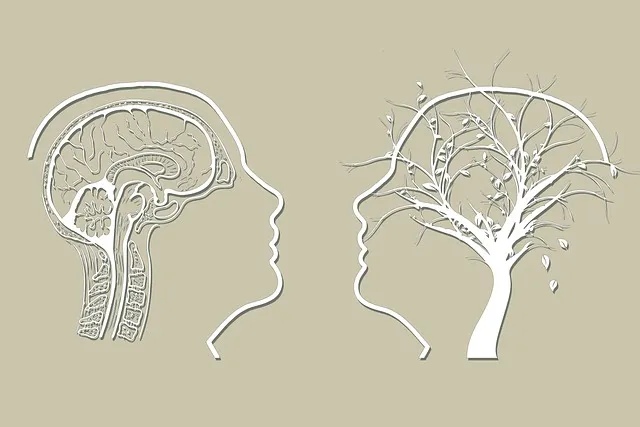Mental wellness apps are gaining popularity as accessible and convenient solutions for a growing need in today's fast-paced world, bridging the gap in accessing traditional therapy or support groups. These digital tools offer personalized therapy plans, meditation tools, and mood tracking features, catering to diverse needs from stress reduction to trauma support. Key aspects of developing such apps include incorporating evidence-based practices backed by research, creating intuitive interfaces with gamification for engagement, ensuring accessibility for individuals with disabilities, addressing ethical considerations, data privacy, and integrating local services or directories of podcasts and coaching programs for comprehensive care.
In today’s digital age, mental wellness app development has emerged as a crucial tool for managing and improving psychological well-being. With organizations like Kaiser offering inpatient mental health services at facilities such as Wheat Ridge, the demand for accessible, on-the-go solutions is higher than ever. This article delves into the significance of these apps, exploring key features and best practices to guide developers in creating effective digital therapeutics tailored to modern users’ needs.
- Understanding the Need for Mental Wellness Apps
- Key Features and Functionality in Modern Mental Health Applications
- Developing an Effective Mental Wellness App: Best Practices and Considerations
Understanding the Need for Mental Wellness Apps

In today’s fast-paced world, mental wellness is a topic that has gained significant attention, leading to an increased demand for accessible and convenient solutions. Mental wellness apps have emerged as powerful tools to address this growing need. With options like Kaiser’s inpatient mental health services in Wheat Ridge offering specialized care, the digital landscape now includes various applications tailored to support individual well-being. These apps cater to diverse needs, from stress reduction methods and social skills training to mindfulness meditation practices, all designed to enhance users’ mental resilience and overall quality of life.
The necessity for such apps is evident, considering the challenges individuals face in accessing traditional therapy or support groups. Mental wellness apps bridge this gap by providing on-demand resources, ensuring that help is readily available whenever needed. By leveraging technology, these applications offer personalized experiences, allowing users to take control of their mental health journeys at their own pace and convenience.
Key Features and Functionality in Modern Mental Health Applications

Modern mental health applications are transforming the way individuals access support and care for their psychological well-being. Key features include personalized therapy plans, digital meditation and mindfulness exercises, and mood tracking tools that help users understand their emotional patterns over time. Many apps also offer self-esteem improvement programs and trauma support services, catering to a wide range of mental health needs.
With functionalities like live chat with certified therapists, virtual group sessions, and access to educational resources, these digital tools are becoming viable alternatives to traditional therapy, even for those without easy access to inpatient facilities like the ones offered by Kaiser in Wheat Ridge. By integrating evidence-based practices into user-friendly interfaces, mental health apps empower individuals to take charge of their well-being, facilitate mood management, and promote overall resilience.
Developing an Effective Mental Wellness App: Best Practices and Considerations

Developing a mental wellness app requires a thoughtful approach to ensure its effectiveness and usability. Start by identifying specific needs within this vast field; consider diverse populations, from young adults navigating stress and anxiety to individuals seeking cognitive behavioral therapy (CBT) techniques. Incorporate evidence-based practices, such as mindfulness exercises, meditation guidance, or mood tracking features, validated by research in peer-reviewed journals, especially those relevant to the services Kaiser offers at its Wheat Ridge facility.
User experience (UX) is paramount. Design intuitive interfaces that promote engagement rather than deterring users. Integrate interactive elements, gamification, and personalized content to create a sense of community and encourage consistent use. Factor in accessibility features for individuals with disabilities, ensuring inclusivity. Additionally, consider the ethical implications, data privacy, and security measures, especially when dealing with sensitive mental health information. A well-rounded app should also offer resources for seeking professional help, potentially integrating with local services or providing a directory of mental wellness podcast series and coaching programs.
Mental wellness apps are becoming increasingly vital, especially with the growing demand for accessible and personalized mental healthcare. As demonstrated by Kaiser’s inpatient mental health services in Wheat Ridge, integrating digital solutions can significantly enhance patient outcomes. By focusing on key features like customizable therapy plans, mindfulness exercises, and secure communication tools, developers can create comprehensive applications that cater to diverse user needs. Following best practices, such as evidence-based design and user privacy protection, ensures these apps become powerful resources for improving mental wellness and complementing traditional treatment methods.






